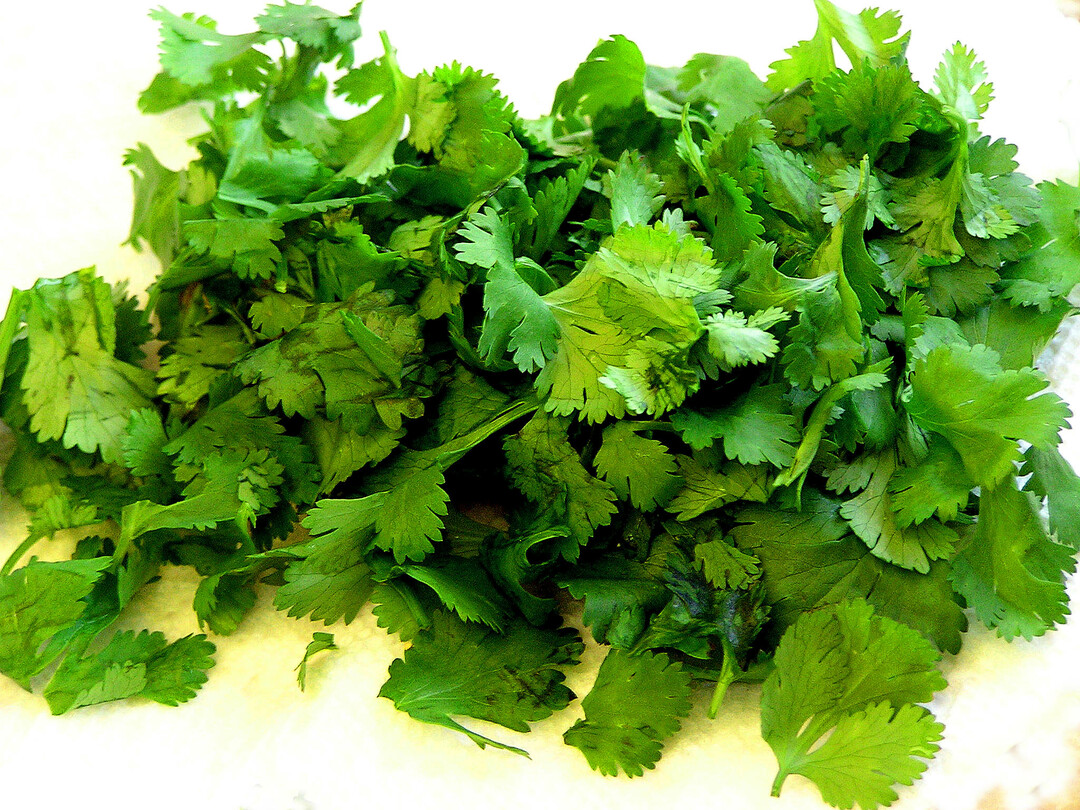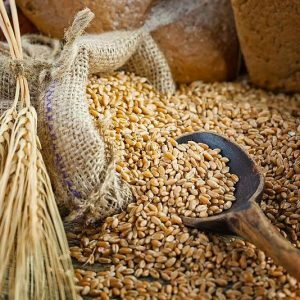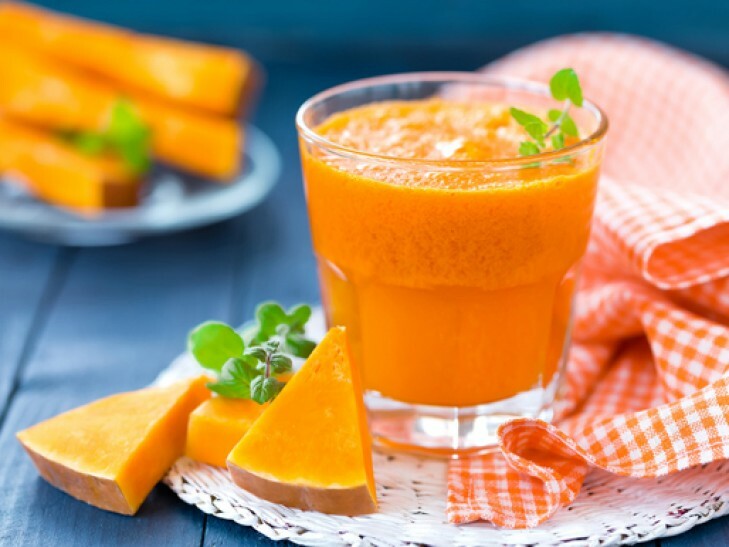Hawthorn: medicinal properties and contraindications, recipes
In the fall, walking in the park, you can come across low bushes or compact trees, strewn with scarlet, dark red or brown berries. Meet this - hawthorn. Its fruits are fleshy, mealy and sweet, sometimes slightly knitted. Most importantly, they are extremely useful.
If possible, be sure to pick berries and harvest them for future use. They can alleviate the condition of diseases of the heart, blood vessels and intestines, and also become an excellent prevention of viral infections during the cold season.
Content
- The use of hawthorn for medicinal purposes from antiquity to the present day
- Modern medicines
- The main active ingredients of hawthorn
- How to properly collect and store hawthorn
- Collecting flowers of a useful plant
- Collection and harvesting of fruits
- Do I need to collect hawthorn leaves?
- The use of plant parts for medicinal purposes
- Alcohol tincture recipes
- Proven infusion recipes
- Vitamin drink in a thermos
- Contraindications and possible harm
- Related Videos
The use of hawthorn for medicinal purposes from antiquity to the present day
The medicinal properties of this plant have been known to people for a long time. In oriental medicine, hawthorn is used as an antiemetic and antidiarrheal agent. It was believed to improve the functioning of the gastrointestinal tract and increase appetite. In Europe, the plant was used for medicinal purposes (for dysentery and diarrhea) only in the 16th century.
Three centuries later, tea made from hawthorn leaves and flowers began to be used as a blood purifier. At the beginning of the 20th century, hawthorn fruits were used to strengthen the cardiovascular system.
Modern medicines
Nowadays, almost all parts of hawthorn - bark, leaves, flowers, fruits, are widely used in the pharmaceutical industry for the production of phytopreparations.
The plant is used to make effective remedies for treatment of diseases of the heart and blood vessels:
- tachycardia of the heart;
- angina pectoris;
- cardialgia;
- tachyarrhythmias;
- stagnant heart failure;
- hypertension.
From the line of such drugs can be distinguished:
- Hawthorn forte;
- Cardiovalene;
- Cardio Active hawthorn.
Alcohol tincture of hawthorn for hypertension and vegetative dystonia is taken 40 drops, three times a day (before meals).

Such drugs as: Valemidin, Fitorelax, Kedrovit, Amrita, have sedative properties. They improve the functioning of the nervous system and normalize the general condition. They are prescribed for stressful loads and chronic fatigue.
Demidov syrup based on 17 extracts of medicinal plants, including hawthorn, is used for prevention and treatment diseases of the gastrointestinal tract:
- gastritis;
- dyskinesia of the large intestine;
- non-calculous cholecystitis.
Read also:Food poisoning: causes, symptoms and treatment at home
The main active ingredients of hawthorn
The widespread use of plant materials in pharmacology is due to its rich composition. Hawthorn contains flavonoids: quercitrin, hyperoside, vitexin, quercetin, etc. These plant pigments are able to strengthen the walls of blood vessels. Flavonoids have the following properties:
- decongestant;
- anti-inflammatory;
- bactericidal;
- immunomodulatory;
- antioxidant;
- cardioprotective.
The plant contains chlorogenic acid, it improves the intestinal microflora, normalizes blood sugar levels, tones the heart muscle and prevents the development of cancer cells.
The fruits contain the following vitamins and minerals: zinc, copper, iron, calcium, carotene, riboflavin, vitamins A, E, C and P. Berries are rich in malic, succinic and citric acids, contain pectins, tannins and dyes, fatty oils and fructose.
How to properly collect and store hawthorn
Almost all parts of the plant are suitable for harvesting for the winter: flowers, fruits, leaves, bark. From them, you can make medicinal teas, alcoholic infusions, extracts and even juice at home.
Collecting flowers of a useful plant

Collecting hawthorn inflorescences begins at the beginning of flowering, in sunny weather, in the first month of summer. In this case, there should be no dew on the foliage. You should carefully examine the plant. It should have been healthy: no rot, rust and mold.
For the preparation, the corymbose inflorescences are cut off entirely, divided into parts and laid out in a thin layer on the flooring. Periodically, the plant materials are mixed. After drying, the flowers are separated from the twigs.
Advice: do not cut off inflorescences with unblown buds, they turn brown and do not dry well.
Store raw materials in fabric bags, paper bags, in a dark, dry place. The taste of flowers is slightly bitter, there is no pronounced smell.
Collection and harvesting of fruits
Hawthorn fruits begin to be harvested from the second half of September. The berries must be fully ripe, that is, have a bright red (sometimes orange, brown) color. The collected fruits are washed, sorted out, removing the spoiled ones. Then they are laid out on a towel, allowing to dry. Subsequently, the hawthorn is either dried in the oven at a temperature of up to 40 degrees (with the door ajar), or frozen (packed in plastic containers and placed in the freezer).
Dried fruits will be hard, shriveled, and taste tart and sweet-astringent. They should be stored in paper, cloth bags or plywood boxes. Quality raw materials can be stored in a dry, well-ventilated place for up to 2 years.
Read also:What foods contain the most iron, a complete list of foods in the table
In addition to drying and freezing, hawthorn can be heat treated, for example, make jam, compote, jam. But in this form, its beneficial effect will be less pronounced.
Do I need to collect hawthorn leaves?
The leaves of the medicinal plant are also used for harvesting, although they contain less valuable substances than flowers and fruits. Collect them to the fruit ovary. Only good leaves are suitable for harvesting. They should be free of stains and damage. Up to a third of the leaves are removed from each branch, cut off or torn off together with a piece of the petiole. Subsequently, they are dried, for example, in the attic, under an iron roof, spreading them in a thin layer on a flat surface.
The use of plant parts for medicinal purposes
Hawthorn is used in household use in the form of tea drinks, broths, infusions and, of course, alcoholic tinctures. The latter are especially popular as they have a long shelf life and are easy to prepare.
Alcohol tincture recipes

Tinctures are prepared from different parts of the hawthorn. Dried flowers are infused with 70% alcohol for ten days (calculation of 10 g of plant material per 100 ml of alcohol). Use the tincture when:
- hypertension;
- heart failure;
- cardialgia;
- anemia.
A teaspoon of the finished tincture is diluted in 200 ml of water and drunk. The procedure is repeated up to three times a day.
With vasospasm prepare an effective tincture from equal portions of hawthorn flowers, chamomile, sweet clover and jasmine, lemon balm leaves, rowan berries and hawthorn. Plant raw materials are crushed, mixed, poured with Cahors wine (100 g of collection per liter of alcoholic drink). The container is tightly closed and placed in a water bath. After 30 minutes, remove and allow to cool. Take a tincture once a day, a tablespoon.
From 2 glasses of fresh hawthorn fruits and 400 ml of alcohol with a strength of 70% make a tincture for treatment of atherosclerosis. The berries are grinded, poured and infused for three weeks. Then it is consumed at night, one teaspoon at a time. You can take the medicine with a little water.
Proven infusion recipes
During the period of colds, an infusion of hawthorn, honey, cinnamon, ginger and lemon peel will be relevant. Such a drink strengthens the immune system,will give vigor, normalize sleep and blood pressure. To prepare it, you will need 100 g of fresh or frozen fruits, a cinnamon stick, 50 g of ginger root, one tablespoon of honey, lemon zest and one and a half liters of water.
Read also:Baking soda: useful properties, application and treatment
A useful remedy is prepared as follows: hawthorn, cinnamon, ginger, cut into slices, lemon zest are put in boiling water. Let stand for a third of an hour. Then add honey, a tablespoon. Drink half a glass before meals, twice a day.
For the treatment of hypertension prepare a useful infusion of hawthorn and black chokeberry. To do this, take equal parts of flowers and fruits of hawthorn, chokeberry, as well as peppermint leaves (in a ratio of 100 g of plant material per liter of water). The ingredients are crushed and mixed, poured with a liter of water and boiled for a couple of minutes. Then it is cooled, allowed to brew and consumed three times a day on an empty stomach.
Vitamin drink in a thermos

To improve overall well-being, increasing tone and efficiency, you can make a tea drink rich in vitamin C.
To do this, you need to take two tablespoons of fresh rosehips and hawthorns. Put the raw materials in a thermos and pour 4 glasses of hot water.
It is necessary to infuse the drink all night, and then drink three or four times a day (100 ml each). You can take the remedy for 8 weeks, and then be sure to take a break.
Contraindications and possible harm
Any preparations from hawthorn are contraindicated for people with individual intolerance to its active substances, as well as hypotensive patients. For children under 12 years old, nursing and expectant mothers, it is advisable to use the fruits and berries of this plant in minimal doses, only after consulting a doctor. In case of toxicosis, the use of hawthorn is not recommended.
In case of an overdose or the presence of an allergic reaction, side effects are possible: nausea, vomiting, general weakness, a strong decrease in blood pressure, drowsiness. Long-term use of drugs with hawthorn extracts can lead to a slowdown in heart rate. Use the fruit in combination with other sedatives with caution.
Hawthorn is a medicinal plant with pronounced therapeutic properties. The use of phytotherapeutic preparations based on it, as well as homemade tinctures and decoctions, will be useful for disorders in the work of the heart, blood vessels, nervous system and gastrointestinal tract. Hawthorn is also extremely useful as a tonic and immunomodulatory agent in the season of colds.



